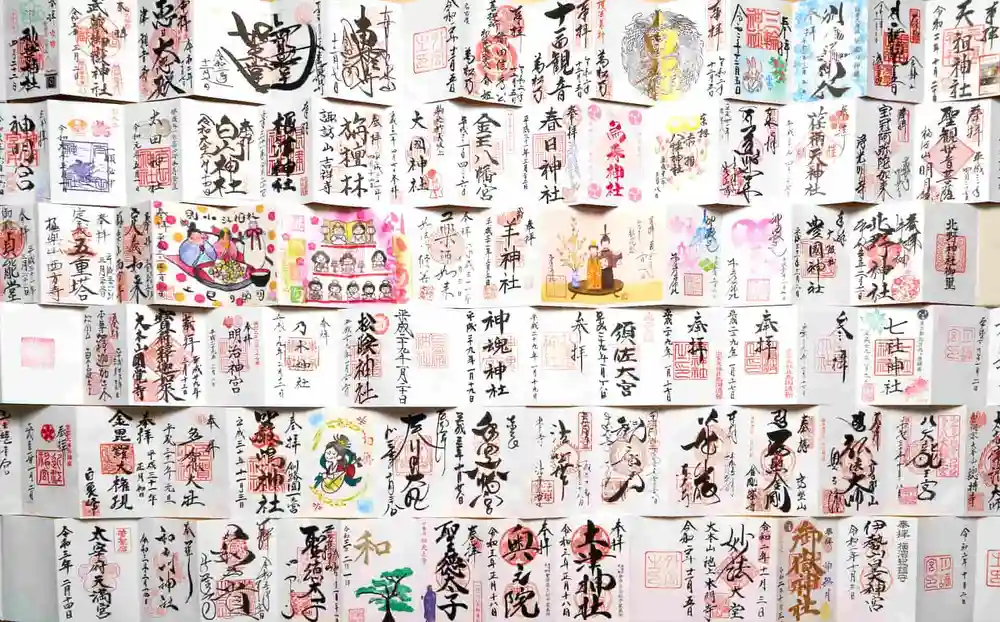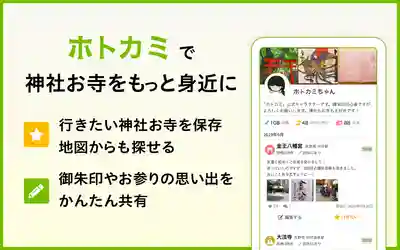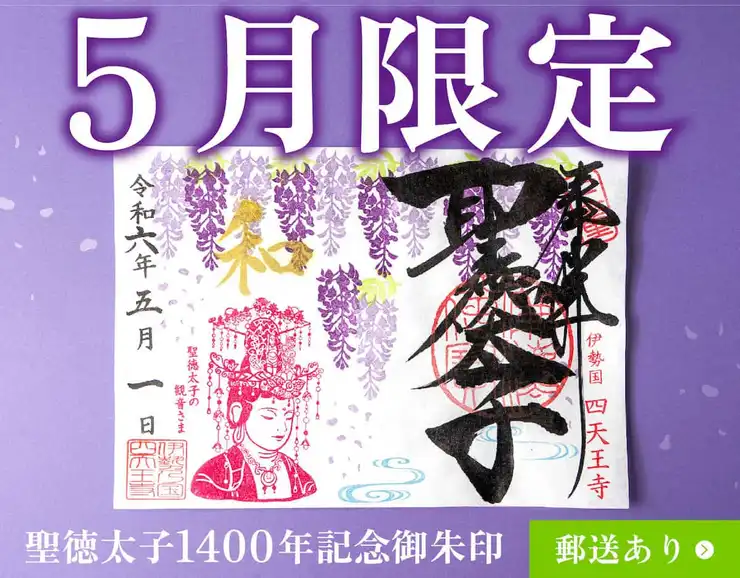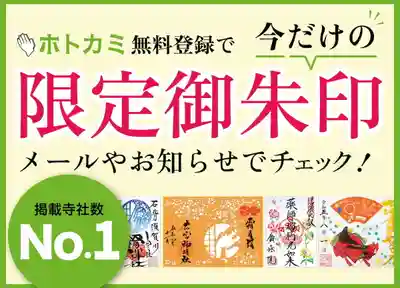おおひじんじゃ
意富比神社のお参りの記録一覧(4ページ目)

【御朱印】300円
通称、船橋大神宮。熱心にお参りしている方が多かったです。

拝殿門

横から見た本殿


一の鳥居

参道

土俵

二の鳥居

手水舎

拝殿門




船玉神社

大島神社

灯明台



豊受姫神社(外宮)と八雲神社

御朱印

青春18きっぷ上総国御朱印旅。
・・・といいつつも最後に参拝するのは
下総国式内社の意富比神社。
JR船橋駅から20分ほど歩くと境内です。
都会の神社らしい雰囲気ではありますが、
境内や社殿は式内社らしく、立派なものでした。
御朱印は非常に達筆で気に入っています。

御朱印。下総国の式内社である旨が記されています。

鳥居

JR総武線船橋駅からも近く、都会の神社という感じです。

手水舎と拝殿

拝殿。立派な神明造。

⛩️our video
https://youtu.be/wZ7tPces-XQ?si=TJGPYt2GEOAnhtjE
When Prince Yamato-takeru-no-mikoto went to pacify the eastern provinces in the fortieth year of the reign of Emperor Keikō (A.D. 110), he prayed here to Amaterasu-sume-ōmikami for success in his campaign, and for the people suffering from a drought, and there was a manifestation of divine favor. That was the beginning of this shrine.
The compilation of the Engishiki (Procedures of the Engi Era) was completed during the Heian period in 927, and this shrine is a shikinaisha shrine (a shrine listed in the Engishiki).
During the reign of Emperor Goreizei in the Tengi era (1053-1058), Minamoto no Yoriyoshi and his son Yoshiie repaired the shrine. During the reign of Emperor Konoe in the Ninpei era (1151-1154) the six villages of Funabashi were decreed as donations to the shrine, Minamoto no Yoshitomo rebuilt the shrine as a dedication, and the shrine was called in the document describing this Funabashi Ise Daijingū.
During the Kamakura period Nichiren (1222-1282) dedicated to the shrine a prayer for fasting so that the teachings of his school would prosper, along with a mandala and sword.
Around the beginning of the Edo Bakufu, Tokugawa Ieyasu (1546-1616) donated lands to the shrine and built a main sanctuary and subordinate shrine and other buildings in dedication. The shrine received a donation of land producing fifty koku of rice, which it held until the end of the Edo period.
In the Meiji period, each time Emperor Meiji (1852-1912) made an imperial visit to Narashino and Sanrizuka he sent an imperial envoy with an offering to the shrine.
The former appearance of the shrine can be known from the late Edo period Edo meisho zue (Famous Places of Edo Illustrated), but the shrine itself was burned down during the wars of the Meiji Restoration.
The main sanctuary was later rebuilt in 1873, and the hall of worship, subordinate shrine, gate, fence, and approach were rebuilt in 1923, 1963, 1975, and 1985, along with repairs to the Tōmyōdai (lamp tower) that is a Prefecture Designated Cultural Property.
The Etymology of Oohi
Oohi Jinja, also known as Funabashi Daijingū, is the oldest Shinto shrine in the Funabashi area. In its first appearance in historical records in the Nihon sandai jitsuroku(*1) in an article for 863, the words “Shimōsa-no-kuni Oohi-no-kami” appear. This is the oldest record pertaining to the area of Funabashi City. In the mid-Heian period major Shinto temples were listed in the Jinmyōchō(*2) (Register of Deities) of the Engishiki. Oohi Jinja was mentioned among the eleven shrines of Shimōsa Province, and was one of the few shikinaisha shrines in eastern Japan.
Regarding the etymology of Oohi and the nature of the kami, there is the theory that in ancient times the kami was a kami of food called Ōi. After World War II the theory that the kami was the tutelary kami of the ancient and powerful Oho clan was also put forth. The ancient reading of Oohi was Ohohi, and since the ancient Japanese writing system permitted the character for “sun” (日, hi) to be rendered phonetically as another character also read hi (比), “fire” (火, hi) as hi (肥), etc., and since historically Oohi Jinja has a deep connection with sun worship, it has been therefore suggested that the original meaning of Oohi was “great sun” or “great sun kami” (Mitsuhashi Takeshi, Oohishin kō, Thoughts on the Kami of Oohi). In other words, from medieval times until the end of the Edo period the kami popularly called Funabashi Shinmei and also the main kami of Oohi Jinja, Amaterasu-sume-ōmikami, were anciently both the major sun kami of this area. This is the leading theory at present.
Relationship with Ise Jingū Shrine
As mentioned above, since medieval times this shrine often seems to have been called Funabashi Shinmei. Shinmei means a shrine that is a separate enshrinement of Ise Jingū shrine.
Accordingly, it is thought that the kami of Oohi, who was the most powerful sun kami of the region in ancient times, was assimilated into Ise Jingū in the medieval period. The general outline can be hypothesized as follows. Near the end of the Heian period in 1138 the area centered around Natsumi became Mikuriya, the estate of Ise Jingū. In actuality the area gave tribute to Ise Jingū in the form of white cloth. From that relationship, Ise Jingū was separately enshrined in this area and a Shinmei-sha shrine was created. Needless to say, the highest sun kami Amaterasu-sume-ōmikami was enshrined here. Eventually the powerful local sun kami was merged with Shinmei-sha shrine as being the same kami, to become Funabashi Shinmei, or Funabashi Daijingū.









最新の限定御朱印情報が届く!
御朱印メルマガを受け取ろう
利用開始をもって利用規約・プライバシーポリシーに
同意したものとみなします。

ホトカミで困ったこと、不具合のご報告はこちらから
お問い合わせ






































































































2
0